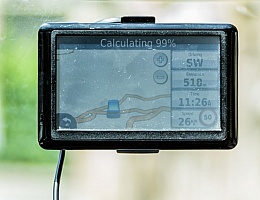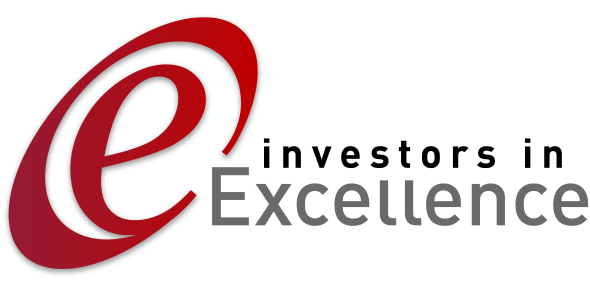 One of Google’s self-driving cars crashed into a bus in California last month. There were no injuries.
One of Google’s self-driving cars crashed into a bus in California last month. There were no injuries.
Google’s famed self-driving cars have been involved in crashes before, but this is possibly the first time it has caused one. Google and California’s Department of Motor Vehicles (DMV) will meet to discuss the incident, and determine where any blame lies.
The human observer in the Google vehicle reported that he assumed the bus would slow down and give way to the car, and so he did not override the car’s self-driving computer. In a statement, Google said: “We clearly bear some responsibility, because if our car hadn’t moved, there wouldn’t have been a collision.
Google said it had now refined its self-driving algorithm. “From now on, our cars will more deeply understand that buses (and other large vehicles) are less likely to yield to us than other types of vehicles, and we hope to handle situations like this more gracefully in the future.”
This incident is evidence that regardless of the size of your organisation, there is always room for positive development in the route that you take. Assuming that something will happen is a recipe for potential danger. Systems and procedures are a great start in controlling things, but they need attention and calibration. A structure of excellence for monitoring and refining processes will allow a continuous improvement to eradicate errors and non-value adding activities. The Investors in Excellence Standard is built on robust analysis of What Matters Most in an organisation, and utilises a wide range of Tools and Approaches to achieve enhanced results across the whole of what an organisation does on a sustainable basis.
